Ask AI on The Internet
Question: How do wildfires contribute to air pollution? Explain how fuel emissions in the environment affect human health. What are the symptoms of VOC exposure? How do fertilizers and pesticides enter and pollute the water? In what ways can people be exposed to lead? create a really short list of tips for avoiding exposure to air pollution in your community. What are the most common air pollutants? What steps should students at a school take to avoid them? Choose one manufactured hazardous chemical. Where in your environment is this chemical found? What steps could you take to reduce exposure to it? What are some examples of common chemicals you should not mix? Why do you think noise pollution contributes to stress and reduced mental and emotional health?
### Effects of Wildfires on Air Pollution Wildfires produce significant amounts of pollutants, including particulate matter (PM2.5), carbon monoxide (CO), volatile organic compounds (VOCs), and nitrogen oxides (NOx). These pollutants can travel long distances, affect air quality, and pose serious health risks to humans and animals. ### Fuel Emissions and Human Health Fuel emissions from vehicles, industrial processes, and power plants release pollutants like carbon monoxide (CO), sulfur dioxide (SO2), nitrogen oxides (NOx), particulate matter (PM), and benzene. These pollutants can cause respiratory issues, cardiovascular diseases, developmental issues in children, and even cancer. ### Symptoms of VOC Exposure Exposure to VOCs (volatile organic compounds) can cause various symptoms, such as: - Headaches - Dizziness - Eye, nose, and throat irritation - Nausea - Fatigue - Allergic skin reactions ### Fertilizers and Pesticides in Water Fertilizers and pesticides can enter water bodies through runoff from agricultural fields, lawns, and gardens. They can also seep into groundwater through infiltration. These chemicals can contaminate drinking water sources and disrupt aquatic ecosystems. ### Lead Exposure People can be exposed to lead through: - Lead-based paint in older homes - Contaminated soil and dust - Drinking water from lead pipes - Imported toys and jewelry - Certain types of pottery and dishware ### Tips for Avoiding Air Pollution 1. Limit outdoor activities on days with poor air quality. 2. Use public transportation, carpool, bike, or walk to reduce emissions. 3. Avoid using gas-powered lawn equipment. 4. Reduce energy consumption to lessen pollution from power plants. 5. Support and advocate for clean energy initiatives. ### Common Air Pollutants - Particulate matter (PM10 and PM2.5) - Ground-level ozone (O3) - Carbon monoxide (CO) - Sulfur dioxide (SO2) - Nitrogen dioxide (NO2) - Lead #### Steps Students Can Take at School - Stay indoors during high pollution days. - Advocate for and practice carpooling or use of public transportation. - Encourage green spaces on campus to reduce pollution. ### Hazardous Chemical Example: Formaldehyde #### Environment Presence Formaldehyde is found in building materials, household products, cigarette smoke, and vehicle emissions. #### Reducing Exposure - Use air purifiers and ensure good ventilation. - Choose formaldehyde-free furnishings and building materials. - Avoid smoking indoors and reduce indoor combustion sources. ### Chemicals Not to Mix - Bleach and ammonia - Bleach and vinegar - Hydrogen peroxide and vinegar - Baking soda and vinegar (though not dangerous, it is ineffective) ### Noise Pollution and Health Noise pollution contributes to stress by triggering the body's fight-or-flight response, leading to elevated stress hormones like cortisol. Constant exposure can lead to disturbed sleep, increased heart rate, and elevated blood pressure, all of which negatively impact mental and emotional health.
Think your answer is better than the AI's? Post it below.
Other Most Relevant Posts:
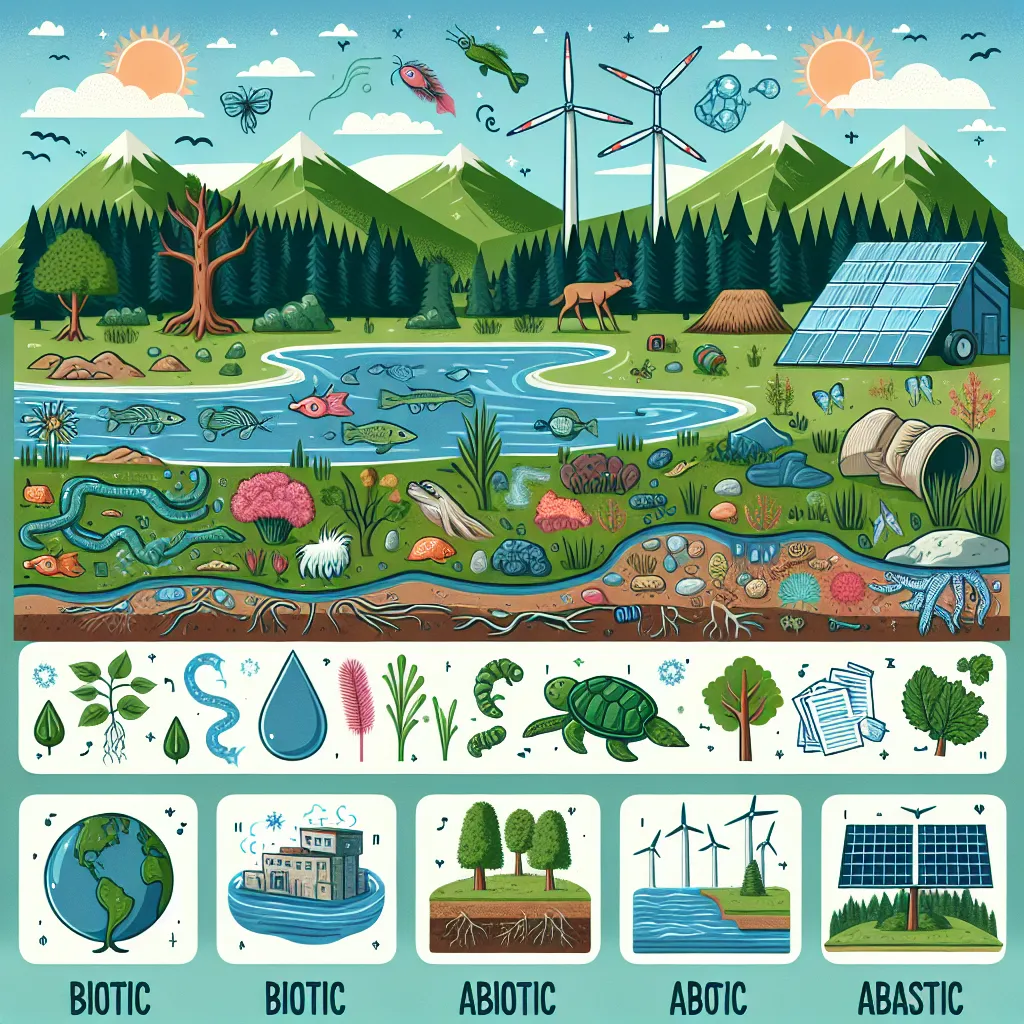 1. Biotic and abiotic parts of an ecosystem
2. Landfills cannot be reused after being full
3. Forests' environmental benefits
4. Earth's main greenhouse gases
5. Impact of greenhouse gases on wea
1. Biotic and abiotic parts of an ecosystem
2. Landfills cannot be reused after being full
3. Forests' environmental benefits
4. Earth's main greenhouse gases
5. Impact of greenhouse gases on wea
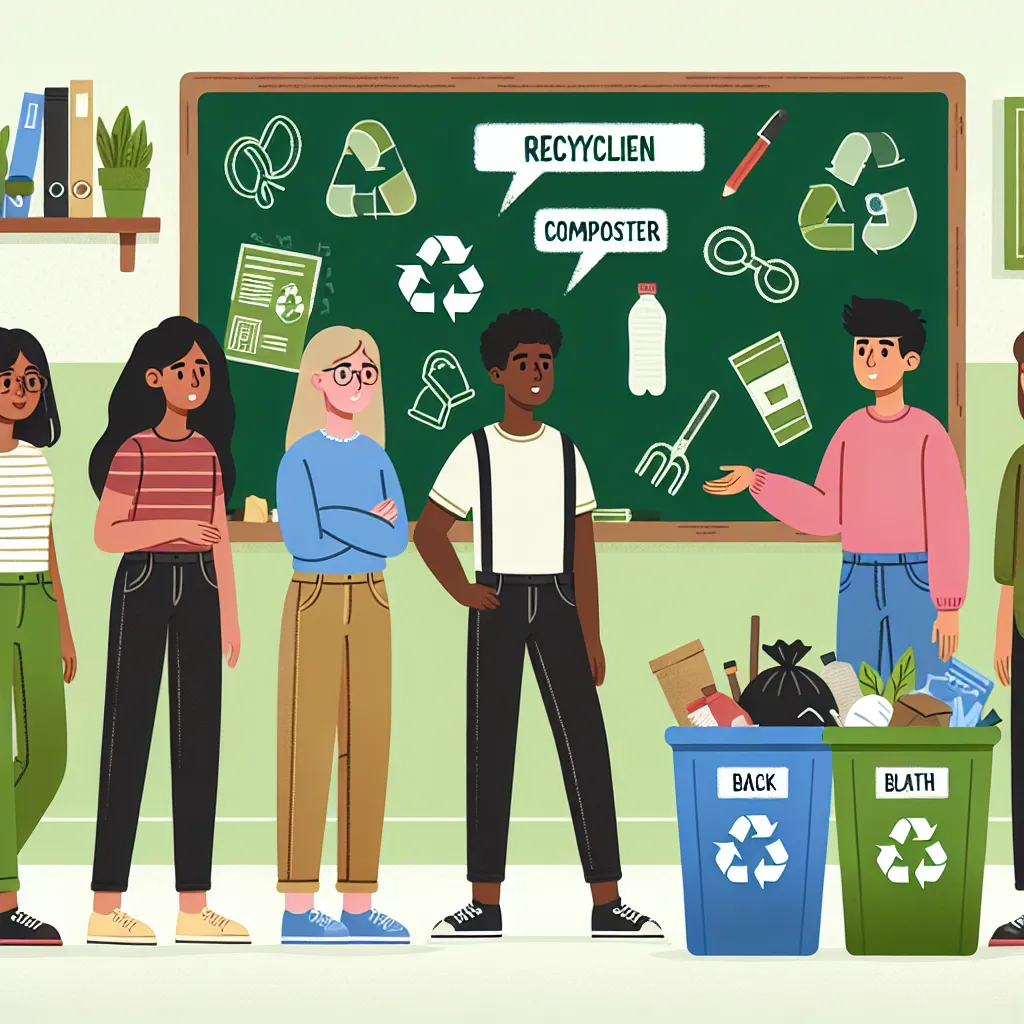 "Eco-Wise: Your Guide to Environmental Protection, Green Products, Recycling, Composting, and Waste Reduction!"
"Eco-Wise: Your Guide to Environmental Protection, Green Products, Recycling, Composting, and Waste Reduction!"
Question Tags
If you want your question answered by an AI, click here.
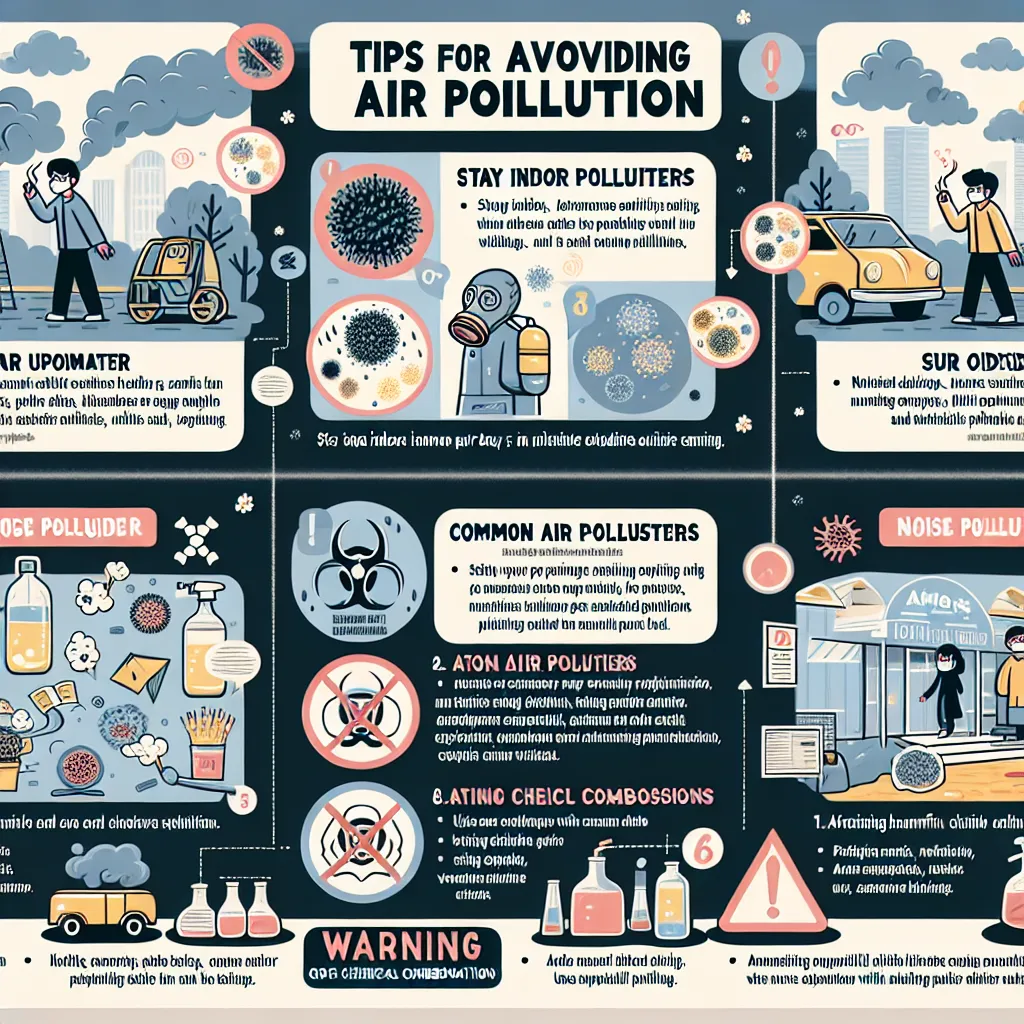
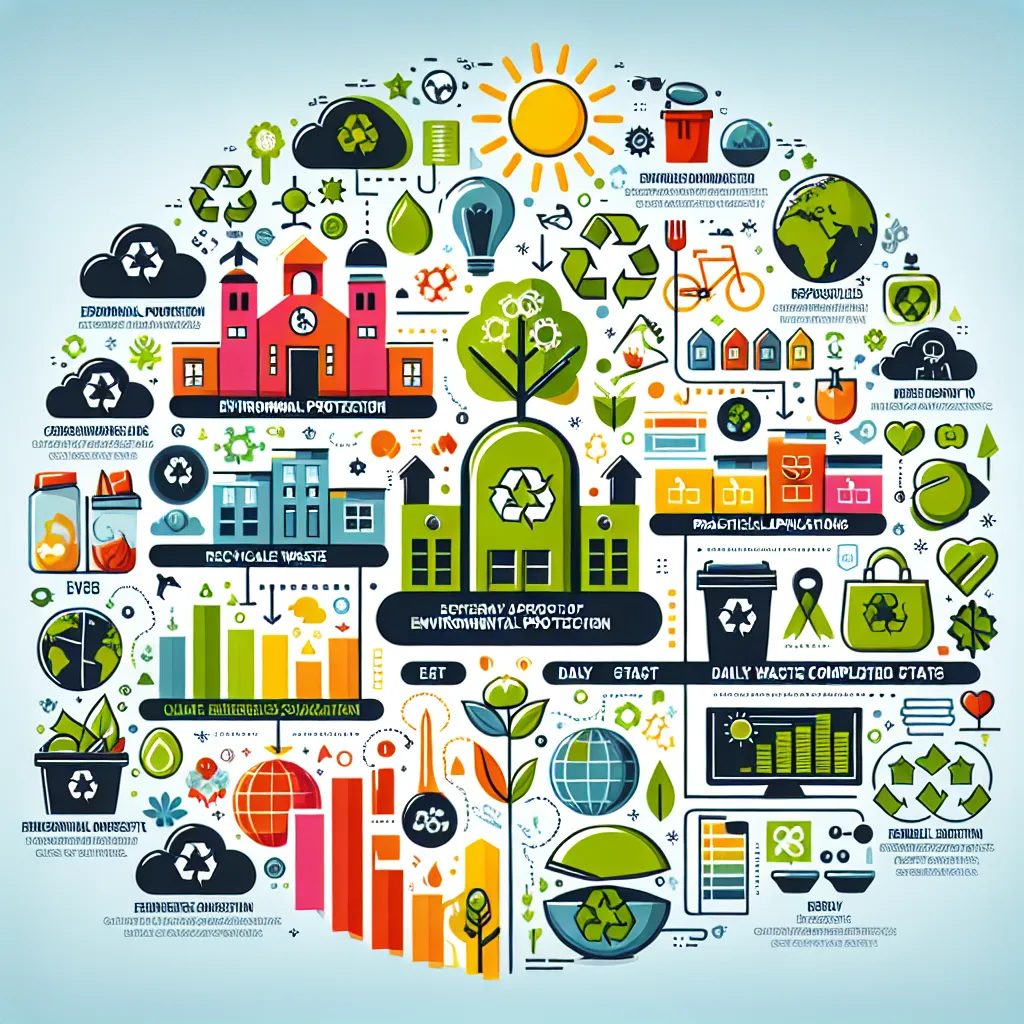


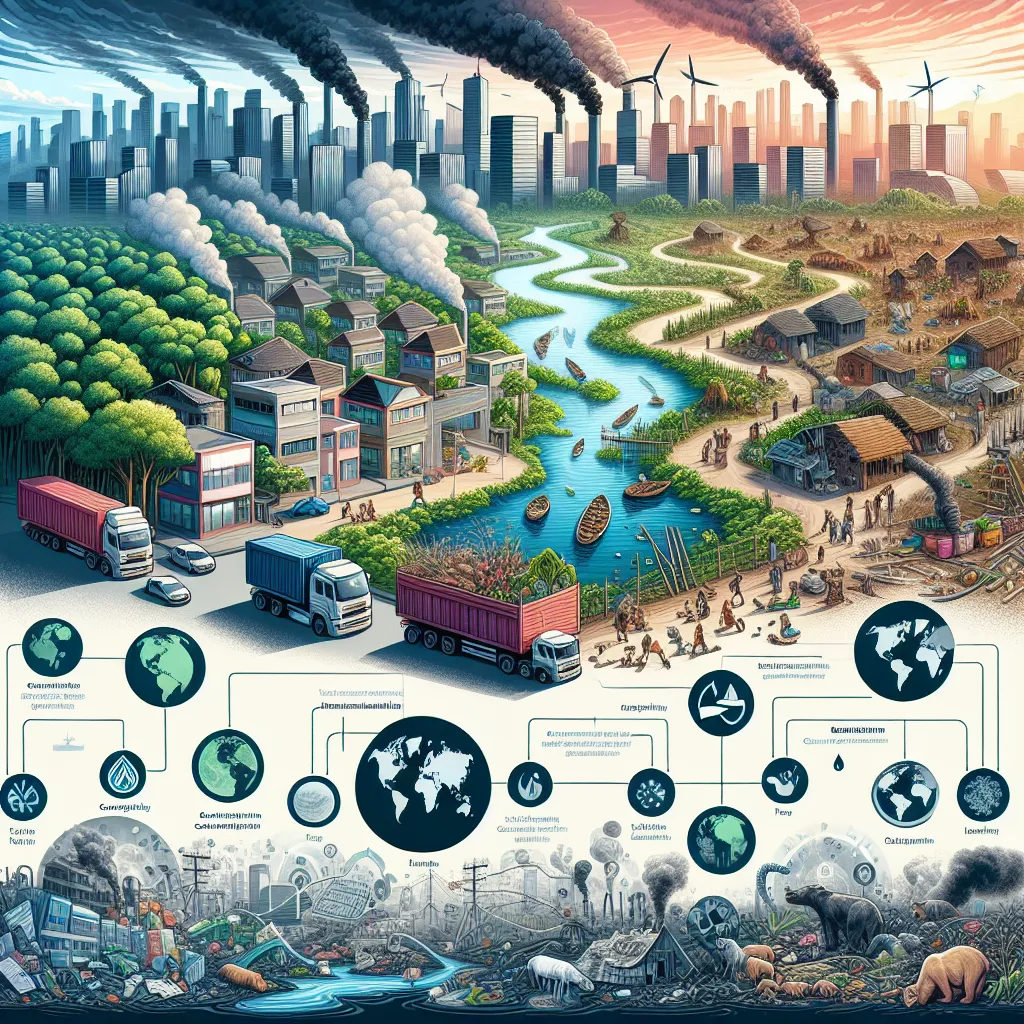
Post your own comment: